Many birds have long migrations; they must fly yearly, including many species that fly from Canada to South America or from Europe to Africa. However, a few kinds of birds have particularly unique migrations.
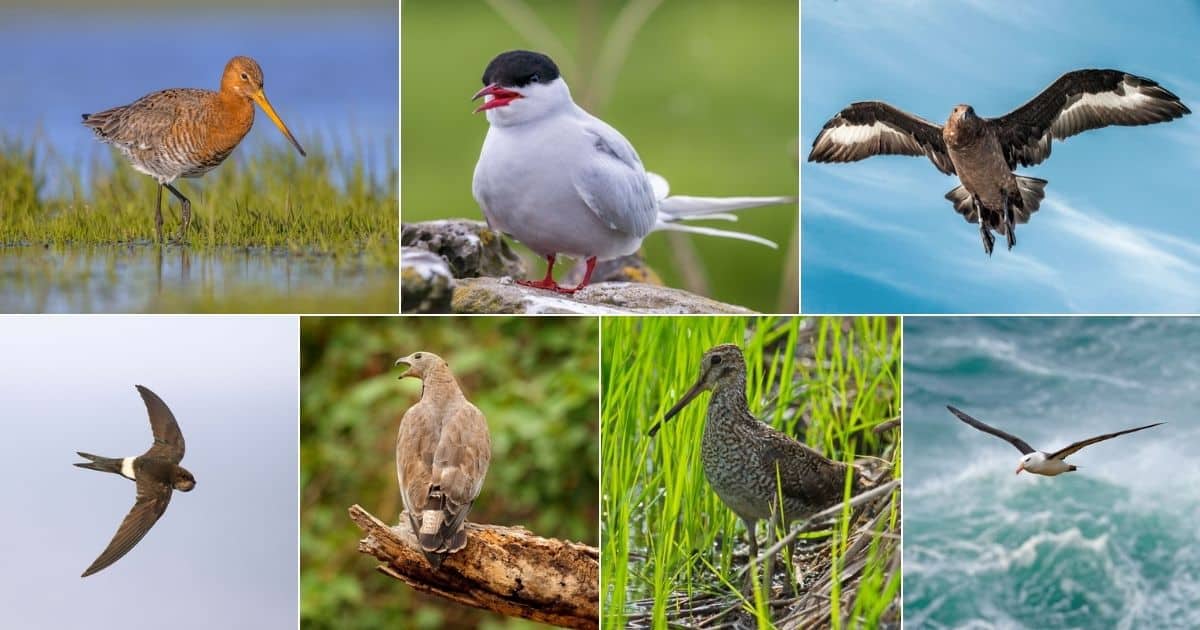
Some birds don’t just migrate far over land where they can stop and rest- they migrate across entire oceans. To give you a better idea of where some of these birds can go, here is a list of 9 unique birds that can cross the ocean.
Contents
1. Arctic Tern
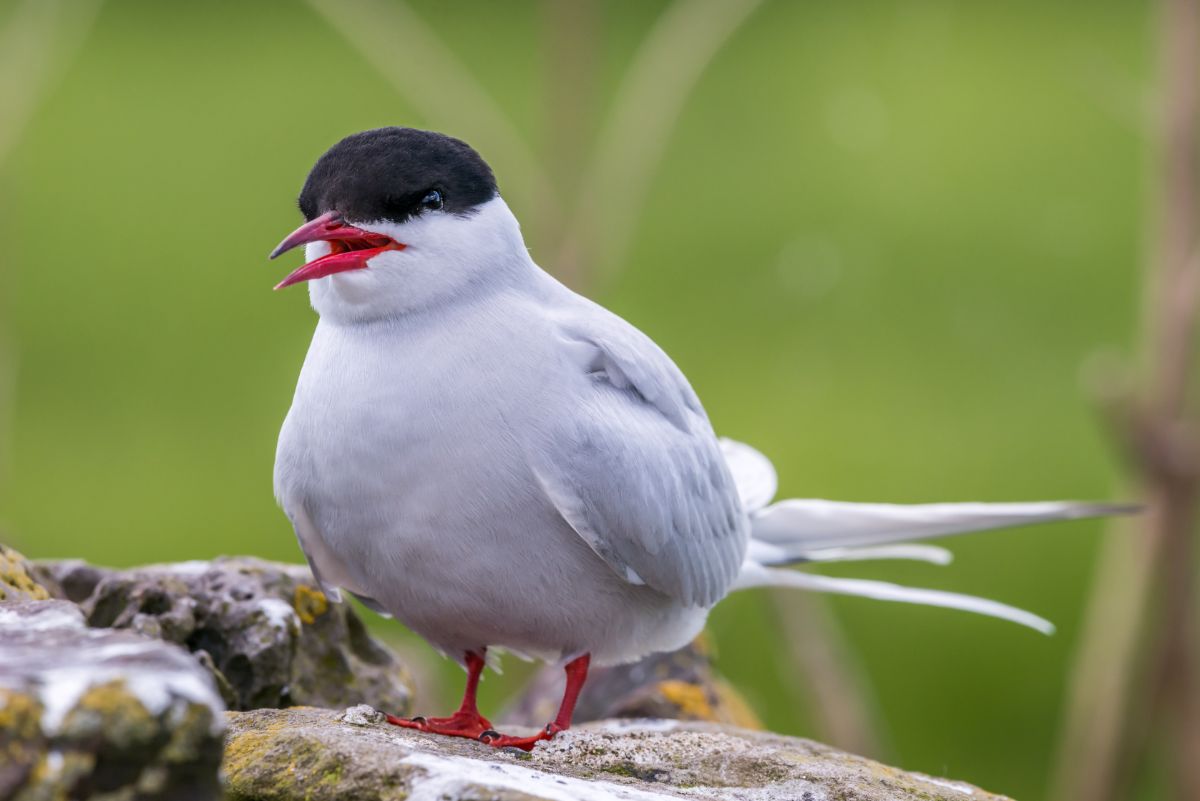
Arctic Terns may have the longest migration of any bird. They can fly from the Arctic to the Antarctic in search of food, breeding grounds, and resources.
These birds breed on coastal islands and ponds in the Arctic. Arctic Terns have wingspans of about 64 to 76 cm, which helps them stay in the air longer and conserve energy while flying.
2. Albatross
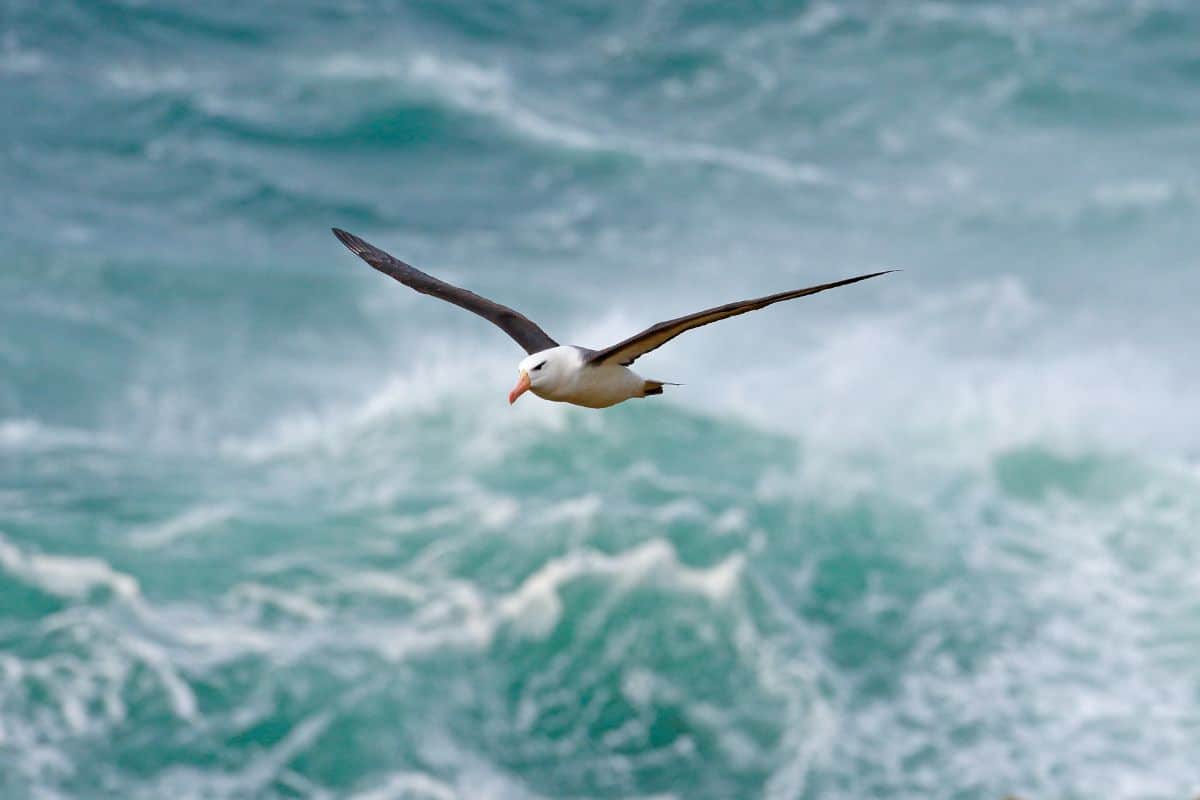
Albatrosses have gained a reputation for having incredible flight stamina – and for a good reason. An Albatross can stay in the air for years without landing. To sustain themselves for these intense flights, Albatrosses will dive down and grab food from the sea, though they never rest on the water like ducks or geese.
Albatrosses can fly as fast as 50 mph and have been known to circle the entire Earth. They use wind currents and air pockets to prevent fatigue for long flights. Unfortunately, these birds are near extinction, so seeing one is incredibly difficult.
3. Blackpoll Warbler
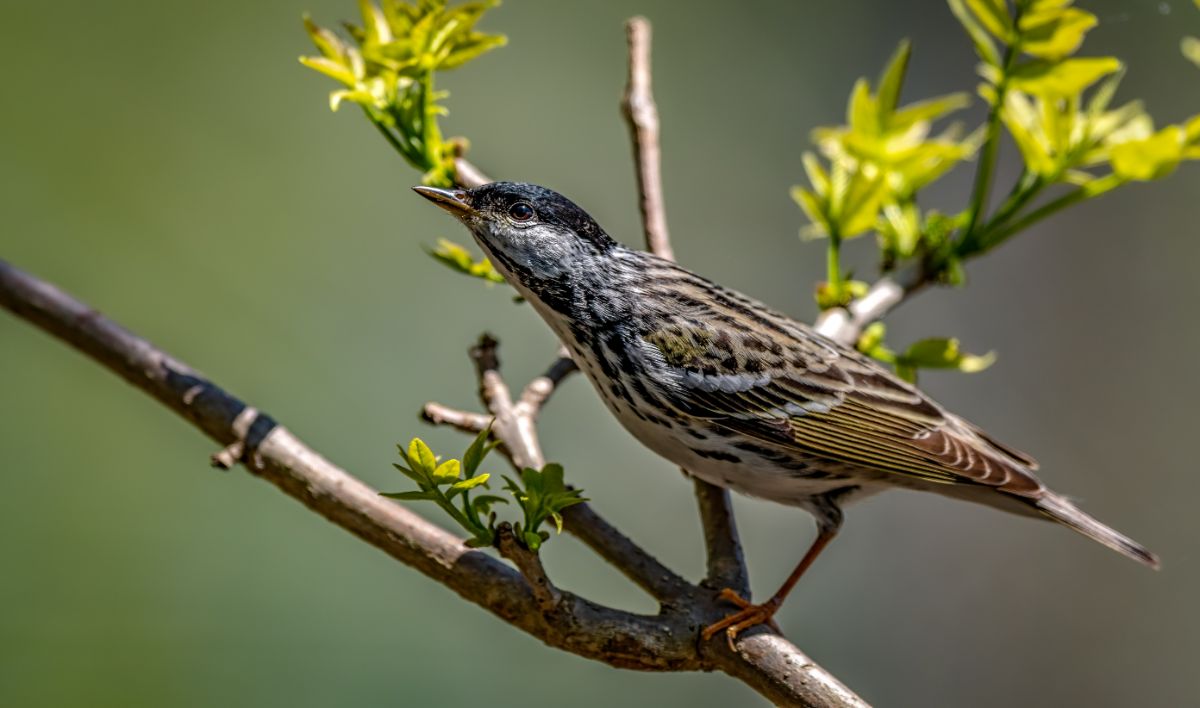
The Blackpoll Warbler can fly from Northern Canada and Alaska to Venezuela, soaring over the Atlantic in the process. They can stay in the air for more than 72 hours at a time. These birds are particularly unique because of their small size.
Most birds that perform long migrations are large and can use their large wingspan to rest while utilizing pockets of air. Blackpoll Warblers, however, are very small. These birds are only about 20 to 25 cm from wingtip to wingtip. This is a remarkable difference compared to other long-flight birds, which may have wingspans of over 200 cm.
4. Oriental Honey Buzzard
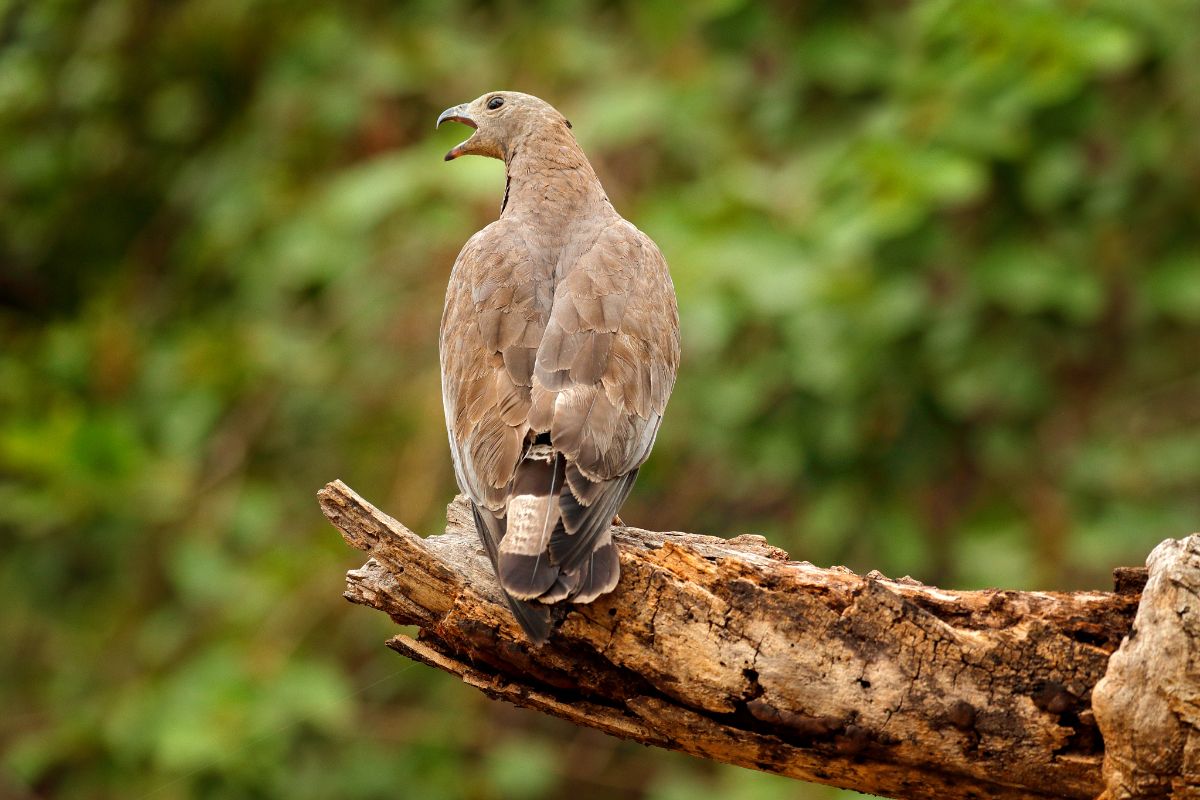
The Oriental Honey Buzzard, also called the Crested Honey Buzzard, can migrate from Northern Japan to the southern Pacific Islands, but it doesn’t do it alone. These birds migrate in large groups of up to several thousand, creating massive clouds of birds that darken the sky.
As their name would suggest, Oriental Honey Buzzards are avid fans of eating bees and wasps- though not honey. When bees, wasps, and their larvae are unavailable, the Oriental Honey Buzzard will settle for cicadas and other larger insects.
5. Bar-Tailed Godwit
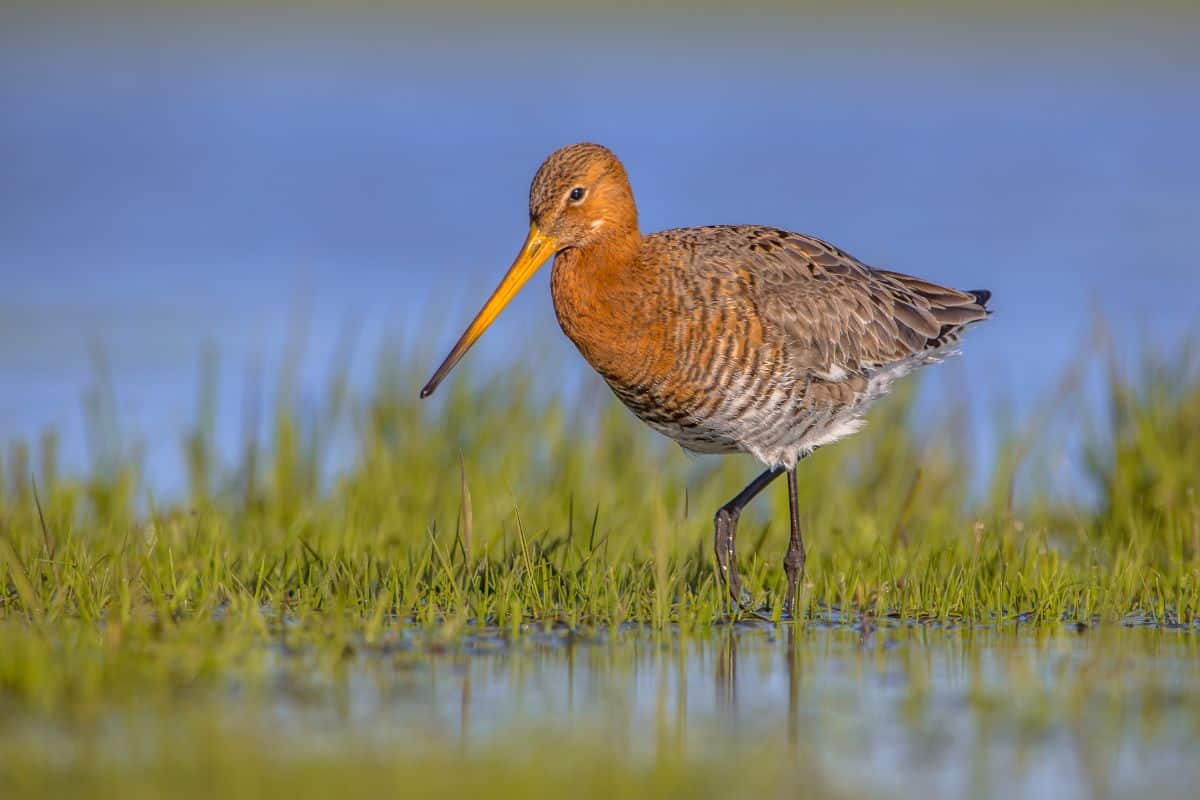
The gangly-looking, orange, long-beaked Bar-Tailed Godwit is capable of incredibly long flights. Research has shown that these birds migrate from Alaska to New Zealand in a single, non-stop, seven-day flight.
Bar-Tailed Godwits are also found across Australia, Europe, and coastal regions of southern Asia. They usually breed and nest on land in the Tundra- otherwise, they are entirely coastal birds.
6. Far Eastern Curlew
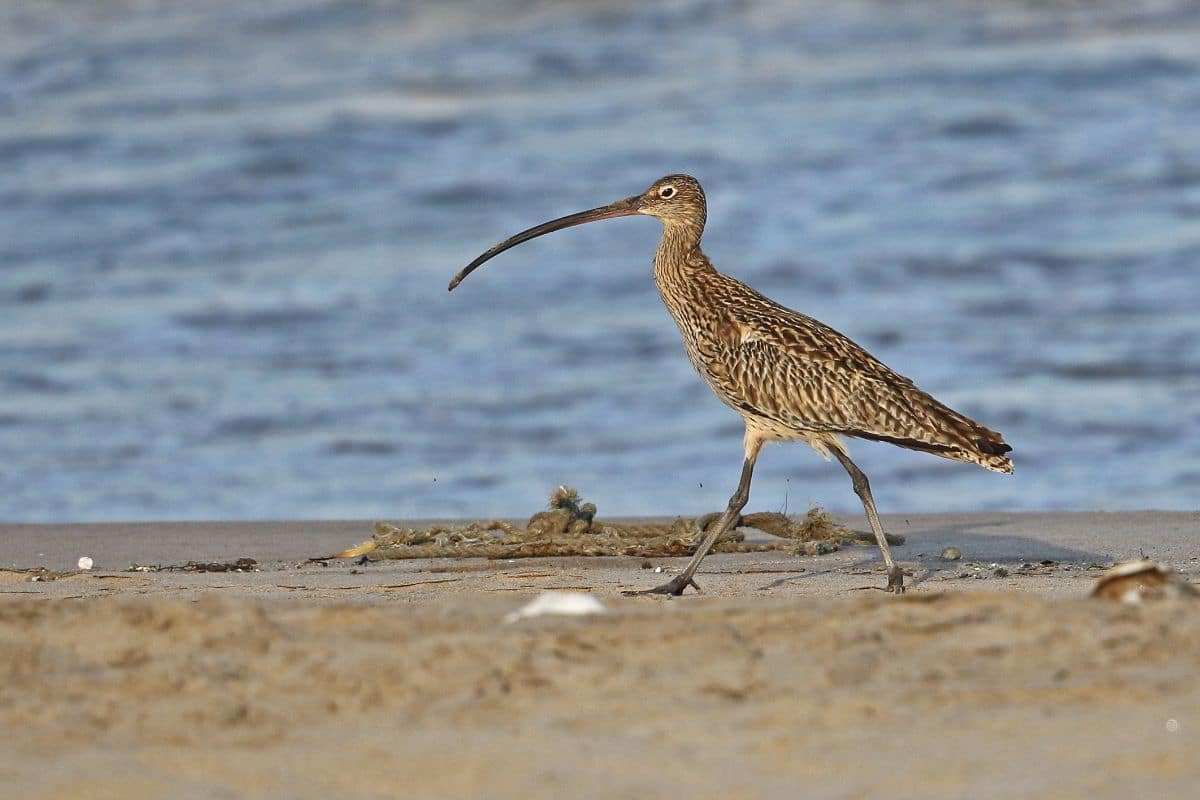
The Far Eastern Curlew can migrate from northern China and Mongolia to the southern tip of Australia. It is considered the largest migratory shorebird on Earth. They have a wingspan of up to 110cm.
The Far Eastern Curlew primarily breeds in northern China and Siberia. They like to stay in mossy bogs and wet meadows, and as the climate changes, they are projected to lose much of their habitat. Because of this, the Far Eastern Curlew is considered critically endangered.
7. Latham’s Snipe
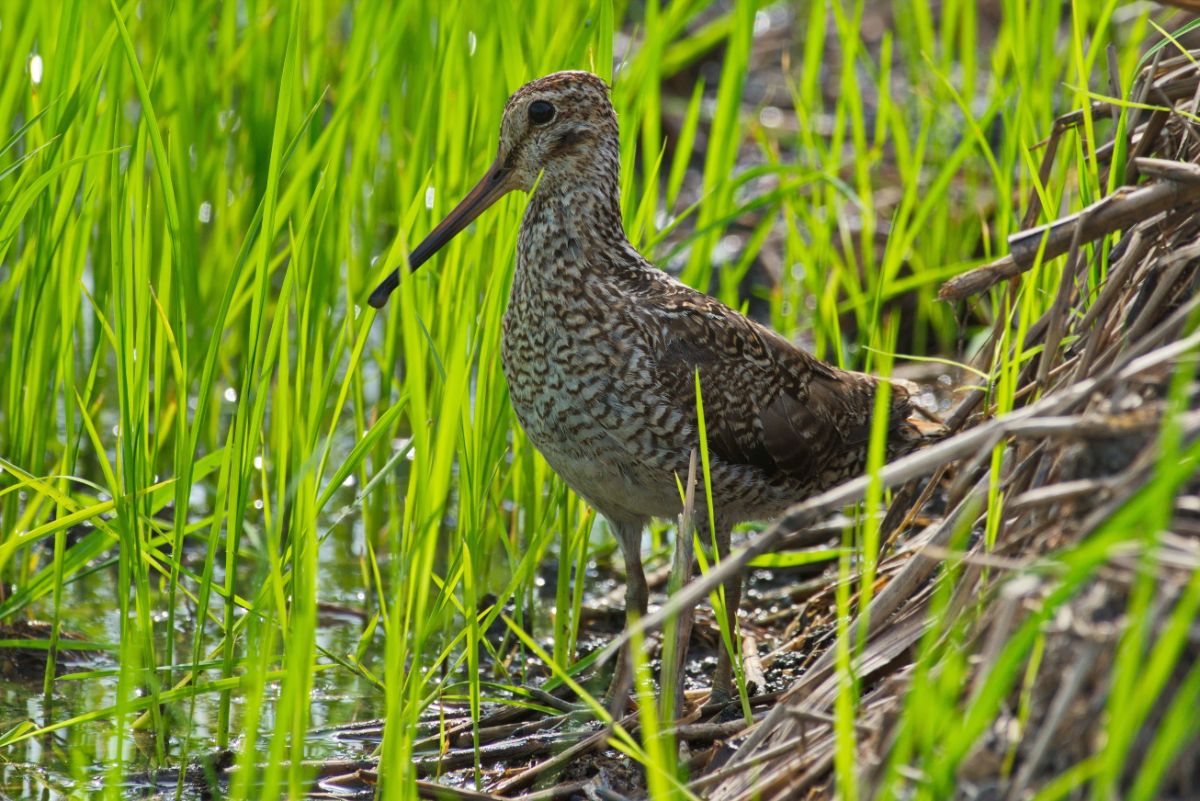
The Latham’s Snipe, also called the Japanese Snipe, prefers freshwater wetlands when it isn’t migrating. When it is migrating, The Snipe travels to Australia in the Southern Hemisphere’s summer months (September to February) and lives in Japan and South Korea for the rest of the year.
Twice per year, the Latham’s Snipe will travel from Australia, through Tasmania and New Guinea, all the way to the Eastern shores of Asia.
8. Pacific Swift
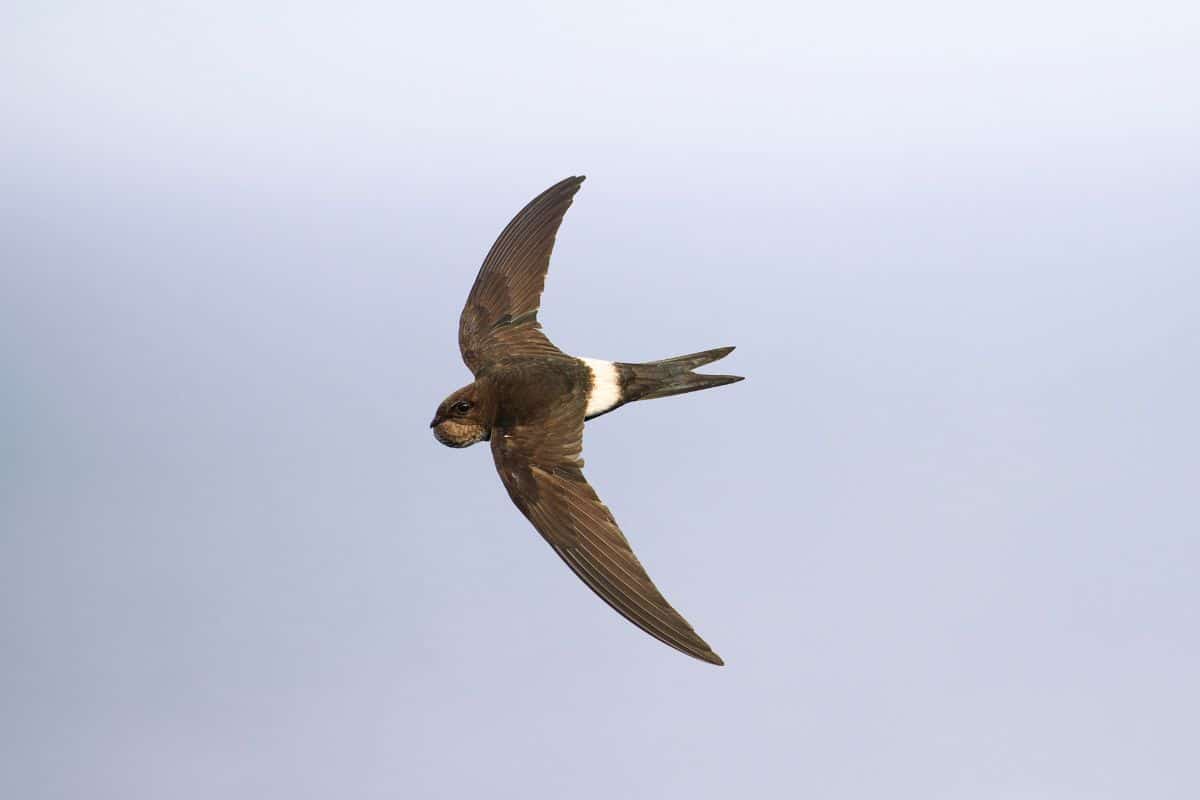
The Pacific Swift’s ‘home’ is in Eastern Asia, where it breeds in the Northern Hemisphere’s Summer months. This includes South Korea, Japan, and Mongolia. The Pacific Swift will spend the Northern Hemisphere’s winter in Southeast Asia and Australia to avoid the cold.
Pacific Swifts are monogamous and have wingspans as large as 55cm. Because of their remarkable range, you may find these birds in polar, cold, temperate, and tropical climates. They are social birds and tend to nest in large colonies.
9. Great Skuas
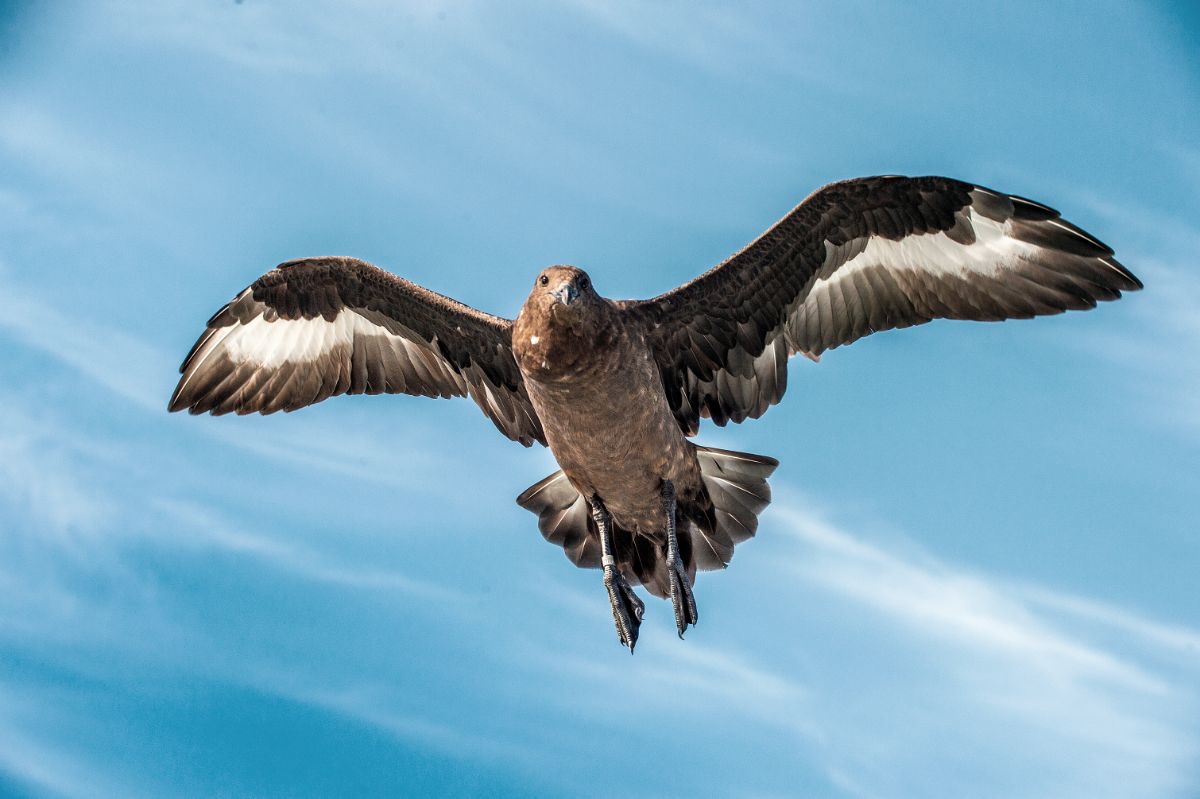
Great Skuas can migrate from the United Kingdom and Iceland to Spain and Africa. Though they reside primarily in the Eastern Hemisphere, they also live in North and South America.
They are coastal birds and prefer to stay close to the ocean. Skuas are predatory birds that often eat smaller birds when they can find them. As they cross the ocean and smaller birds become scarce, Great Skuas eat fish, which is more readily available.
Frequently Asked Questions
Here are some often-asked questions about bird migration across the ocean.
Can a bird fly across the Pacific Ocean?
Yes, the Bar-Tailed Godwit can migrate across the Pacific Ocean.
These birds have been known to fly from Alaska to Oceania in a single flight.
Can a bird fly across the Atlantic Ocean?
Yes, the Blackpoll Warbler can cross the Atlantic Ocean on its migration from Alaska and Canada to the northern regions of South America.
Can an eagle fly across the ocean?
Eagles can cross oceans and have in the past. One Eagle from North America was found in Ireland in the 80s. However, Eagles are not generally migratory, so even if they can fly across oceans, they usually choose not to.
What bird can fly across the world?
Yes, some birds can fly across the world. An albatross can fly around the entire Earth in just 46 days.
Wrapping Up
Many birds can cross long distances, even if those distances are across oceans with nowhere to land. Some birds migrate from Japan to Australia, while others fly around Antarctica.
